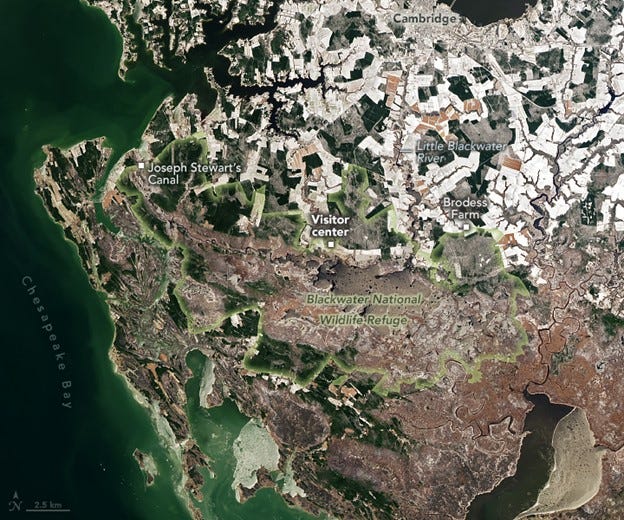[A slightly different post today….]
Harriet Tubman
Harriet’s life
Harriet Tubman (called Araminta Ross at birth) was born in March 1822 in Dorchester County, Maryland, USA. Early in her life as a slave, Harriet suffered a traumatic head wound when another slave owner (i.e not her own owner) threw a heavy metal weight, intending to hit another slave, but hit her instead. The injury caused dizziness, pain, and spells of hypersomnia, which occurred throughout her life.
She escaped from slavery in the autumn of 1849 when she was 27. She made her way north more than 145 km by following a route that took her through marshes and canals via rural churches and Quaker meeting houses into the neighbouring, slavery-free, state of Delaware, and eventually to the city of Philadelphia.
After escaping slavery, Tubman made several missions to rescue up to 70 enslaved people, including her family and friends, using a network of antislavery activists and safe houses in the area known collectively as the ‘Underground Railroad’.
With her Methodist upbringing, Harriet was devoutly religious. She was also a nurse, a spy and armed scout for the Union cause in the American Civil War and a women’s suffrage supporter. During the Civil war, her guidance at the raid at Combahee Ferry liberated more than 700 enslaved people, and hence she is widely credited as the first woman to lead an armed military operation in the United States.
After the Civil War ended, she retired to the family home she had purchased in 1859 in Auburn, New York, where she cared for her ageing parents. She was active in the women’s suffrage movement until illness struck her, and she had to be admitted to a home for elderly African Americans that she had helped to establish years earlier. She died on March 10, 1913.
Harriet’s place.
NASA January 22, 2024
Harriet spent many hours as a child wading through the mud of the Little Blackwater River in Dorchester County, Maryland, checking on muskrat traps for the people who had enslaved her. It was challenging work, often done barefoot, in the autumn or winter when muskrats grow their plushest pelts. The survival, navigation, and foraging skills she honed on those winter outings later proved useful when she escaped her owners and fled to Pennsylvania. She made use of her skills again when she smuggled her parents, brothers, friends, and many other enslaved people out of the region on the Underground Railroad.
The satellite image above shows the network of rivers, marshes, canals, and ponds in Dorchester County that Tubman grew up around and later navigated in the pursuit of freedom. The image includes Brodess Farm, where she lived and worked as a child, and Joseph Stewart’s canal where she helped cut and transport timber. It also shows the Bucktown General Store, where the altercation with the local slave owner took place. The visitor centre for the Harriet Tubman Underground Railroad National Historical Park stands near her childhood home.
Her changing place today
The modern-day landscape of Dorchester County would be largely familiar to Harriet. Other than some urban development around Cambridge and other towns, much of the land remains open farmland, forest, and wetlands. Oak and pine forests and reedy marshes still fringe much of the area’s farmland. However, many farms that grew a mixture of crops and animals in Harriet’s time are now used to grow soybeans and sorghum crops.
The most striking changes relate to the water level. In a region where local sea levels are rising, the landscape is sinking at one the fastest rates on the east coast, with many waterways in Dorchester County being significantly deeper and wider than she would have experienced. There have also been marked shifts in the locations of marshes and forests, as well as an expansion of dead ‘ghost forest’ caused by intrusions of salt water.
With the current rate of sea level rise in the region, flooding will likely affect the park in the future. NASA predicts that sea levels in this area could rise by between 0.6 and 1m by 2100. Sea level rise on that scale could chronically flood several key sites in the park, including the Brodess Farm and Joseph Stewart’s Canal.





